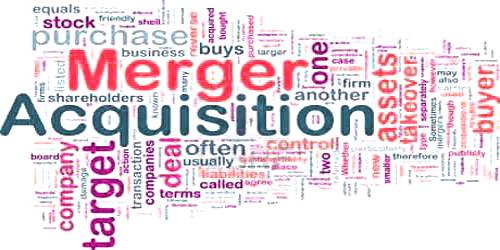Synergy in merger or acquisition
In business, the term synergy is often associated with the merger or acquisition of companies. Synergy implies that the outcomes resulting from the merger of two companies will be greater than the sum of the outcomes that would have been achieved if the organizations had not merged. It is the concept that allows two or more companies to combine together and either generate more profits or reduce cost together. It can be reflected in increased revenues and/or lower expenses.
Synergy is the additional value that is generated by combining two firms creating opportunities that would not be available to these firms operating independently. It is the most widely used and misused rationale in mergers and acquisitions in this section we will consider the potential sources of synergy and categorize them into two groups. Operating synergies affect the operations of the combined firm and include economies of scale increasing pricing power and higher growth potential. They generally show up as higher expected cash flows. Marketing synergy implies that the marketing-mix makes for overall effectiveness. Financial synergies, on the other hand, are more focused and include tax benefits diversification, higher debt capacity and uses for excess cash. They sometimes show tip as higher cash flows and sometimes take the form of lower discount rates. It is reflected on a company’s balance sheet through its goodwill account. To acquire synergy will result in more efficiency, more efficacy, and higher profitability. Negative synergies also exist. If there is a negative synergy, the whole is less than the sum of its parts.














